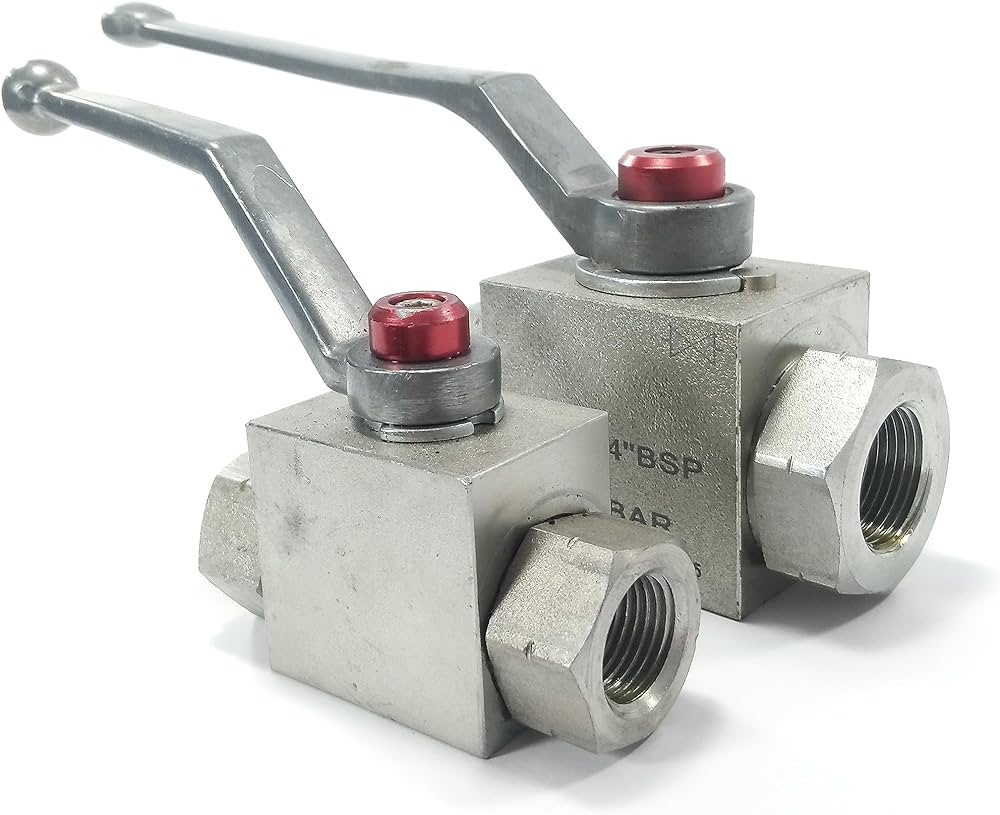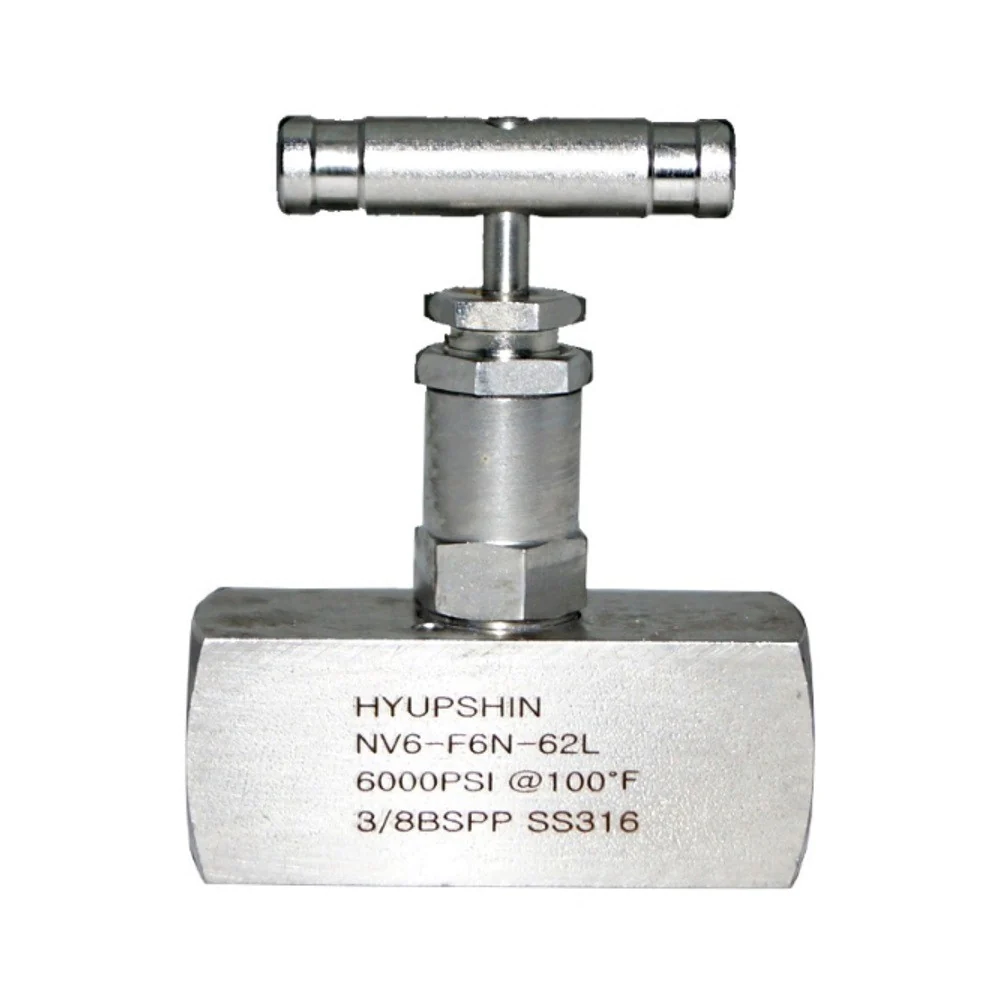Contact : +91-79045 61980 | Email: hydrofitengineers@gmail.com
High Pressure Valves
High Pressure Globe Valve
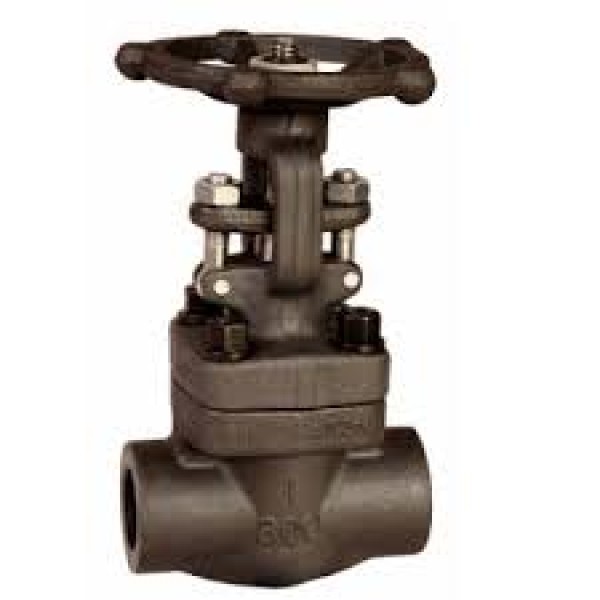
High Pressure Gate Valve
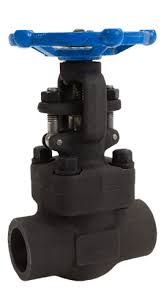
High Pressure Non Return Valve

High Pressure Flow Control Valve

High Pressure Valves
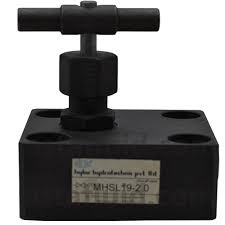
High pressure valves are specialized components used in high pressure systems to control the flow of fluids or gases. These valves are designed to withstand extreme pressures and temperatures, making them ideal for use in a variety of industrial applications. In this article, we will explore the different types of high pressure valves, their construction, applications, and maintenance.
Types of High Pressure Valves
Ball Valves
Ball valves are one of the most commonly used high pressure valves. They have a spherical closure unit with a bore through its center. When the valve is open, the ball rotates to allow fluid or gas to flow through the valve. Ball valves are reliable, easy to operate, and have a low torque requirement.
Needle Valves
Needle valves are designed to control the flow rate of fluids or gases in high pressure systems. They have a small orifice with a long, tapered seat that can be adjusted to regulate the flow rate. Needle valves are commonly used in applications where precise flow control is required, such as in laboratory and research settings.
Gate Valves
Gate valves are designed to control the flow of fluids or gases by raising or lowering a gate or wedge that is positioned across the flow path. These valves have a high torque requirement, but they are well-suited for applications that require full flow or complete shut-off.
Globe Valves
Globe valves are similar to gate valves, but they have a more complex design that allows for greater control over flow rates. They have a globe-shaped valve body with a movable disc that regulates the flow of fluid or gas. Globe valves are commonly used in applications that require precise flow control, such as in the chemical and petrochemical industries.
Construction of High Pressure Valves
High pressure valves are typically made of materials that can withstand extreme temperatures and pressures. The most common materials used in high pressure valve construction are stainless steel, carbon steel, and brass. In addition to the valve body, high pressure valves may also include components such as stems, seats, seals, and packing.
Stems: The stem is the part of the valve that connects the handle or actuator to the valve disc or ball. Stems are typically made of stainless steel or other corrosion-resistant materials.
Seats: The seat is the part of the valve that provides a tight seal when the valve is closed. Seats are typically made of a resilient material such as PTFE or other high-performance polymers.
Seals: Seals are used to prevent leaks and ensure a tight seal between the valve body and the stem or ball. Seals may be made of a variety of materials, including elastomers, PTFE, or metal.
Packing: Packing is used to prevent leaks between the stem and the valve body. Packing is typically made of a resilient material such as PTFE or graphite.
Applications of High Pressure Valves
High pressure valves are used in a wide range of industrial applications, including oil and gas exploration, chemical processing, power generation, and water treatment. Some common applications of high pressure valves include:
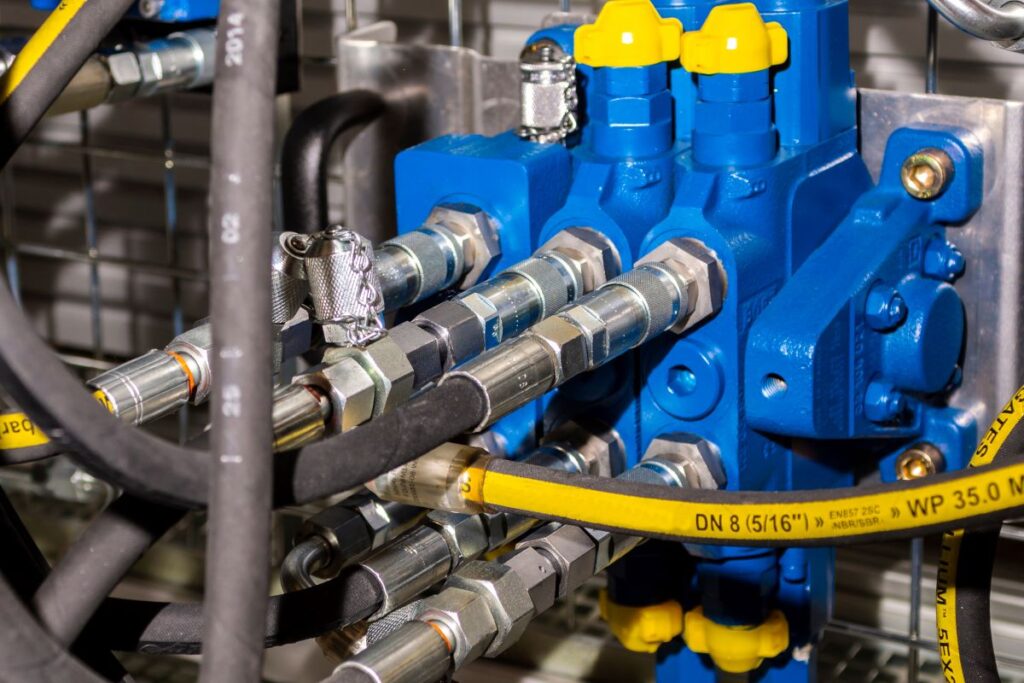
Hydraulic Systems
High pressure valves are used in hydraulic systems to control the flow of hydraulic fluid. These valves are critical components in hydraulic systems, which are used in a variety of applications, including manufacturing, construction, and transportation.

Oil and Gas Exploration
High pressure valves are used in oil and gas exploration to control the flow of oil and gas through pipelines and wellheads. These valves are designed to withstand extreme pressures and temperatures, making them ideal for use in harsh environments.
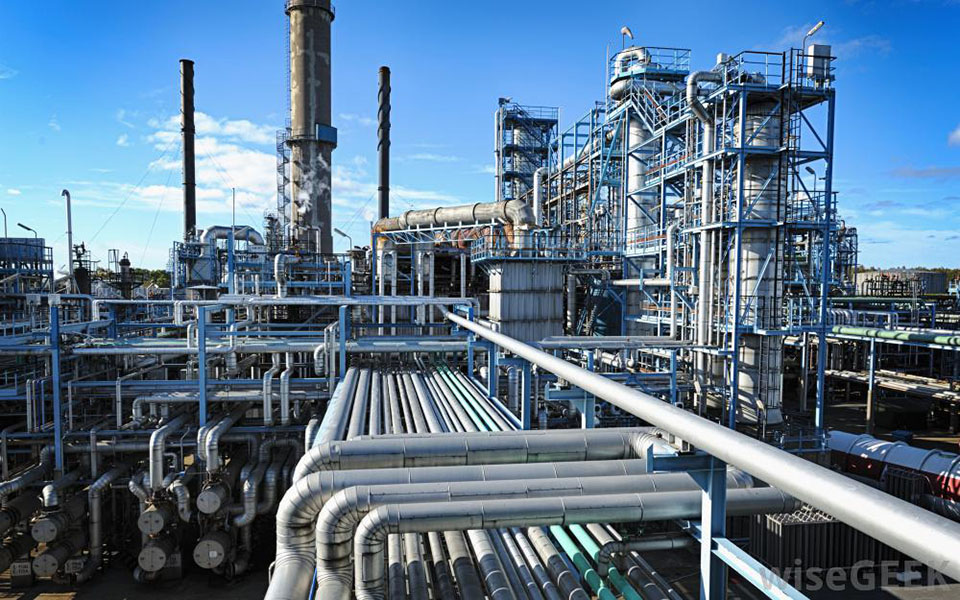
Chemical Processing
High pressure valves are used in chemical processing to control the flow of chemicals through pipelines and reactors. These valves are critical components in the production of a wide range of chemicals, including pharmaceuticals, fertilizers, and plastics.
Maintenance of High Pressure Valves
Maintenance of high-pressure valves is essential to ensure that they operate reliably and safely. Regular maintenance ensures that the valves are in good condition and that they meet the required performance standards. In this section, we will discuss some of the maintenance practices that are essential for high-pressure valves.
Regular Inspection
Regular inspection is essential for high-pressure valves to identify any wear and tear on the valve components. Inspections should be carried out at least once a year or as per the manufacturer’s recommendations. During inspections, the valve components such as the valve body, seat, closure element, stem, and packing should be checked for any signs of damage, wear, or corrosion. Any damaged or worn components should be replaced to ensure that the valve operates reliably and safely.

Regular inspection is essential for high-pressure valves to identify any wear and tear on the valve components. Inspections should be carried out at least once a year or as per the manufacturer’s recommendations. During inspections, the valve components such as the valve body, seat, closure element, stem, and packing should be checked for any signs of damage, wear, or corrosion. Any damaged or worn components should be replaced to ensure that the valve operates reliably and safely.
Lubrication

High-pressure valves require lubrication to prevent wear and tear of the valve components, reduce friction, and ensure smooth operation. Lubrication should be carried out as per the manufacturer’s recommendations. Over-lubrication should be avoided as it can cause contamination of the working fluids
High-pressure valves require lubrication to prevent wear and tear of the valve components, reduce friction, and ensure smooth operation. Lubrication should be carried out as per the manufacturer’s recommendations. Over-lubrication should be avoided as it can cause contamination of the working fluids
Valve Cleaning
Valve cleaning is essential to remove any debris, dirt, or other contaminants that may affect the valve’s operation. The valve body, closure element, and seat should be cleaned regularly to prevent contamination of the working fluids.
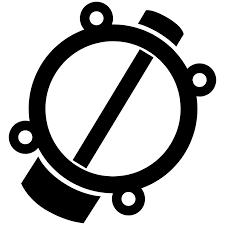
Valve cleaning is essential to remove any debris, dirt, or other contaminants that may affect the valve’s operation. The valve body, closure element, and seat should be cleaned regularly to prevent contamination of the working fluids.
Stem Seals and Packing

Stem seals and packing are essential components of high-pressure valves. They prevent the leakage of the working fluids and ensure that the valve operates reliably and safely. The stem seals and packing should be checked regularly and replaced if worn or damaged.
Stem seals and packing are essential components of high-pressure valves. They prevent the leakage of the working fluids and ensure that the valve operates reliably and safely. The stem seals and packing should be checked regularly and replaced if worn or damaged.
Calibration
High-pressure valves should be calibrated regularly to ensure that they meet the required performance standards. Calibration should be carried out as per the manufacturer’s recommendations
Valve Testing
Valve testing is essential to ensure that the valve operates reliably and safely. Valve testing should be carried out as per the manufacturer’s recommendations. Testing should include leakage testing, pressure testing, and flow testing
High-pressure valves are critical components used in various industrial applications where the working fluids are subjected to high pressure and temperatures. The design of high-pressure valves is such that they can withstand the high pressure and temperature of the working fluids and provide reliable and safe operation. Regular maintenance practices such as inspection, lubrication, cleaning, stem seals and packing, calibration, and valve testing are essential to ensure that the high-pressure valves operate reliably and safely. By implementing these maintenance practices, high-pressure valves can operate for many years without any issues, ensuring that industrial processes run smoothly and efficiently

